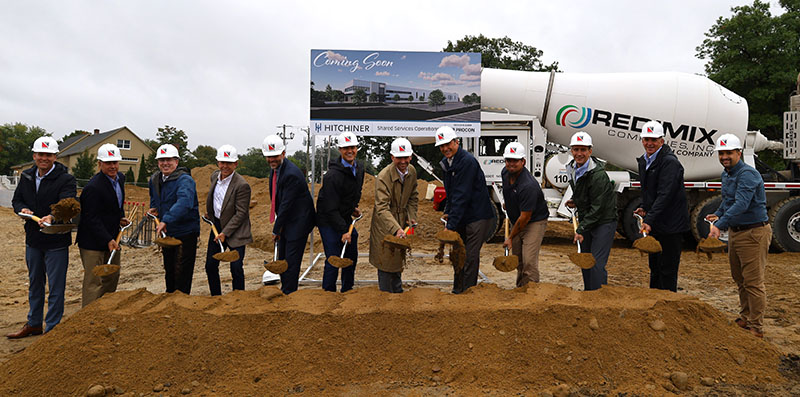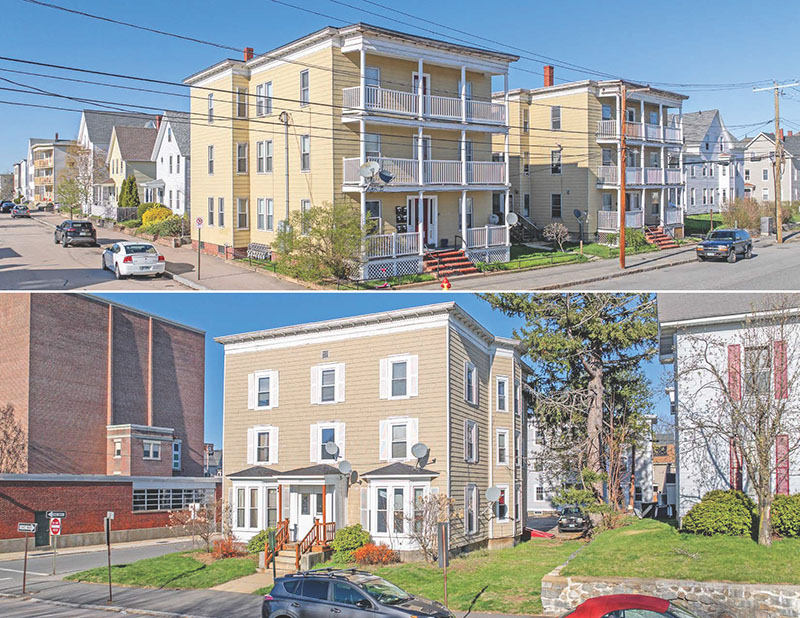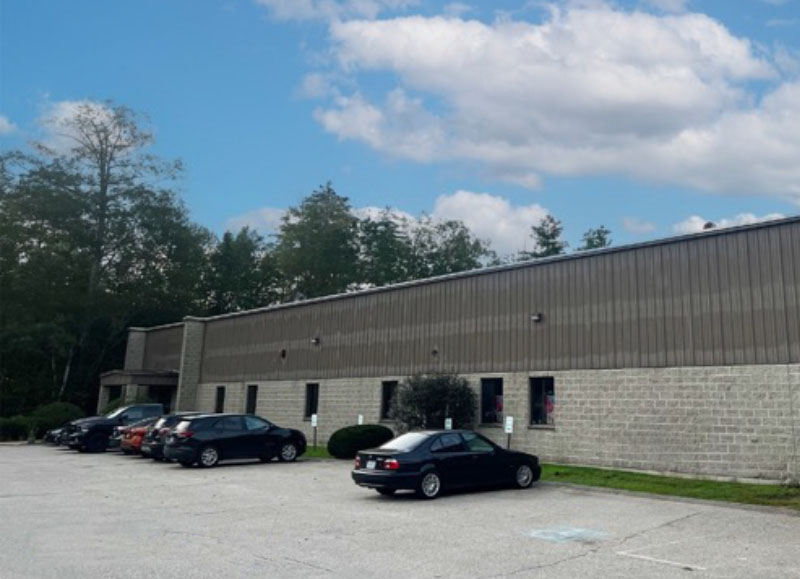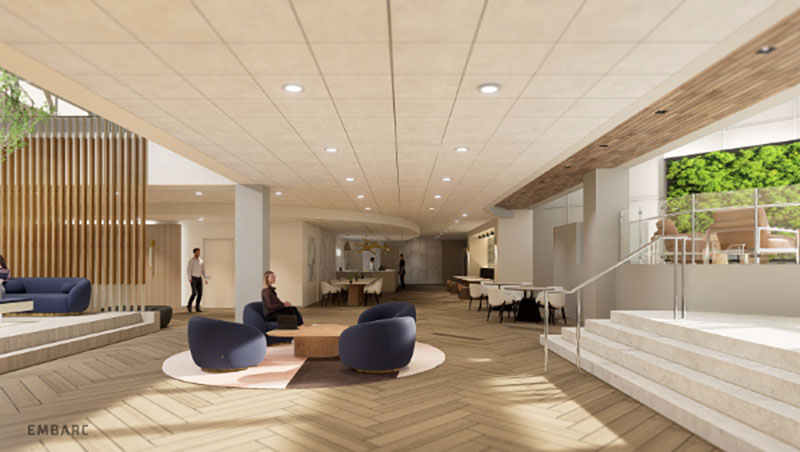News: Northern New England
Posted: September 7, 2007
Is it currently a good time to build? Now is the best time to consider going out to bid
With a notable decline of the residential construction market the forecast for the non-residential construction sector remains optimistic. While construction trends in both residential and non-residential segments vary substantially from region to region, the New England economy which has been stronger than the United States as a whole looks to remain strong.
According to Reed Construction Data (RCD) the boom in non-residential building construction continues, but is showing signs of peaking. Construction spending is now 17% higher year to date through May and the value of starts is up 22% year to date through June. Starts are up 29% for commercial buildings, 10% for institutional buildings and have doubled for manufacturing facilities. The surge in factory starts was unexpected and not likely to persist.
The growth pace for institutional contracts has slowed due to the sharp decline in tax-receipt growth over the last several quarters and the accompanying drop in public budget reserves. The tax situation is now reversing in a stronger economy, so no further drop in the growth of institutional starts is expected. Healthcare is the strongest sector, as it is less dependent on tax receipts.
For-lease buildings remain the fastest-growth construction market. Year-to-date starts are up 55% for hotels, 46% for offices, 27% for stores and 25% for warehouses. Job-site construction spending for these buildings is up 24% year to date and will continue growing at about this pace, perhaps a little faster. These investment buildings continue to be attractive to the financial market, although their relative attractiveness will ebb over the next year as completions rise and restrain increases in rents and occupancy rates.
Increases in construction materials appear to have steadied with extreme spikes seeming to have leveled off. Producers continue to struggle with a combination of higher energy prices, raw material shortages and increased demand that are certain to continue to impact material and construction costs.
Construction will continue to be effected by the cost to borrow money; rates tend to be more volatile during the market turmoil caused by the reassessment of risks and the accompanying loan defaults. RCD reports the reassessment of risks is largely complete. The injection of several $100 billion into the banking system by central banks around the world (accompanied by the lowering of the Fed's discount rate) has calmed the financial market by assuring that liquidity will be adequate for "good loans" at market interest rates.
With the steadying of price increases and hopeful stabilization of interest rates, RCD is predicting increases in lodging and hospitality, education, healthcare and religious construction, and declines in industrial fields. The overall regional economy is projected to grow 3.1% per year on average, slightly below the national average of 3.3%. New Hampshire continues to lead the region in growth. New Hampshire is forecast to average 3.5% gross state product growth per year.
All of above said, with percentages and sector mumbo jumbo, it is time to report from the trenches so to speak. While the spring started unusually slow, we have seen a marked increase in projects out for bid. Subcontractors and suppliers are aggressively pricing projects and the sheer number of contractors bidding on a single project is up three fold from a year ago. If you are a developer or end user who plans to start a construction project soon now is the best time to consider going out to bid. The numbers are very competitive and the labor force is standing in the wings armed and ready.
On the home front, Fulcrum is currently in the preconstruction phase of a significant corporate headquarters project involving construction of nearly 200,000 s/f of office and warehouse space in the southern region of the state that will evolve through 2008, a retail strip mall in Beverly, Mass. as well as two medical office projects in southern, NH.
With fluctuating energy costs as a backdrop, we are seeing more interest than ever in green building construction. Energy efficient technologies which could not be cost justified just a few years ago are becoming more feasible as the cost of energy escalates. Fulcrum is rising to the challenge with a comprehensive approach to designing and constructing facilities to LEEDS and Energy Star standards.
Bill Jean is director of business development for Fulcrum Associates Construction Managers and Contractors, Amherst, NH.
Tags:
Northern New England
MORE FROM Northern New England
PROCON and Hitchiner break ground on 57,000 s/f shared services operations facility
Milford, NH Hitchiner, in partnership with PROCON’s integrated design and construction team, has officially broken ground on a new 57,000 s/f shared services operations facility at its Elm St. campus. This building will house value-added services used across Hitchiner’s various business units,








